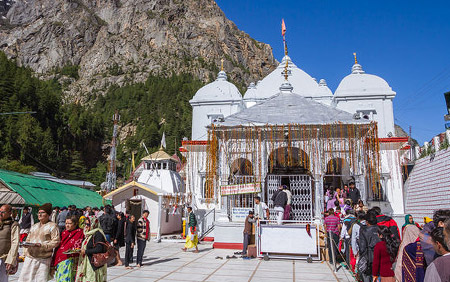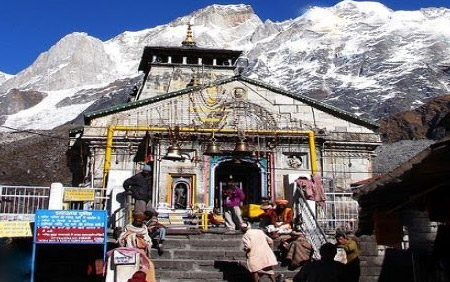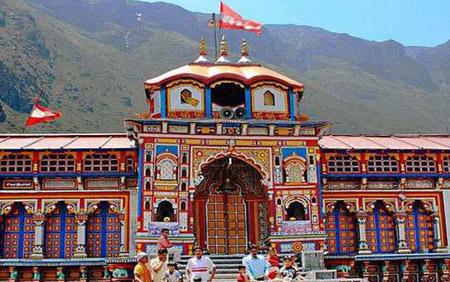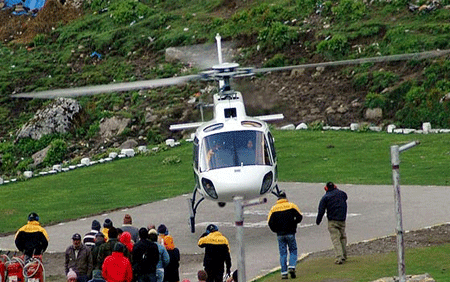Badrinath Yatra
Situated in the lap of Nar-Narayan Parvat, with the towering
Neelkanth peak (6,597mts.) in the background, Badrinath is one
of the most revered Hindu shrines of India. On the right bank of
Alaknanda lies the sacred spot perched at an altitude of 3,133
meters above the sea level. Encircled by a beautiful valley, the
15 mts. high temple is dedicated to Lord Vishnu.
The temple divided into three parts - the 'garbha griba' or
sanctum sanctorum, the 'darshan mandap' where the rituals are
conducted and the 'sabha mandap'where devotees assemble. The
complex has 15 idols. Especially attractive is the one meter
high image of Badrinath, finely sculpted in black stone. It
represents Lord Vishnu seated in meditative pose. The main
entrance gate is colorful & imposing popularly known as
Singhdwar. It is believed that to revive the lost prestige of
Hinduism and to unite the country in one bond, Adi Guru Sri
Shankaracharya the philosopher-saint of the 8th century built
four pilgrimage centres in four corners of India.
The main deity in Badrinath Dham is a meditating Lord Vishnu.
Legend has it that Lord Vishnu came to this area(" Badri Van")
to meditate, after Narad rebuked the Lord for being immersed in
worldly pleasures.
According to legend Shankara discovered a black stone image of
Lord Badrinarayan made of Saligram stone in the Alaknanda River.
He originally enshrined it in a cave near the Tapt Kund hot
springs. In the sixteenth century, the King of Garhwal moved the
murti to the present temple.
The temple has undergone several major renovations because of
age and damage by avalanche. In the 17th century, the temple was
expanded by the kings of Garhwal. After significant damage in
the great 1803 Himalayan earthquake, it was rebuilt by the King
of Jaipur.









